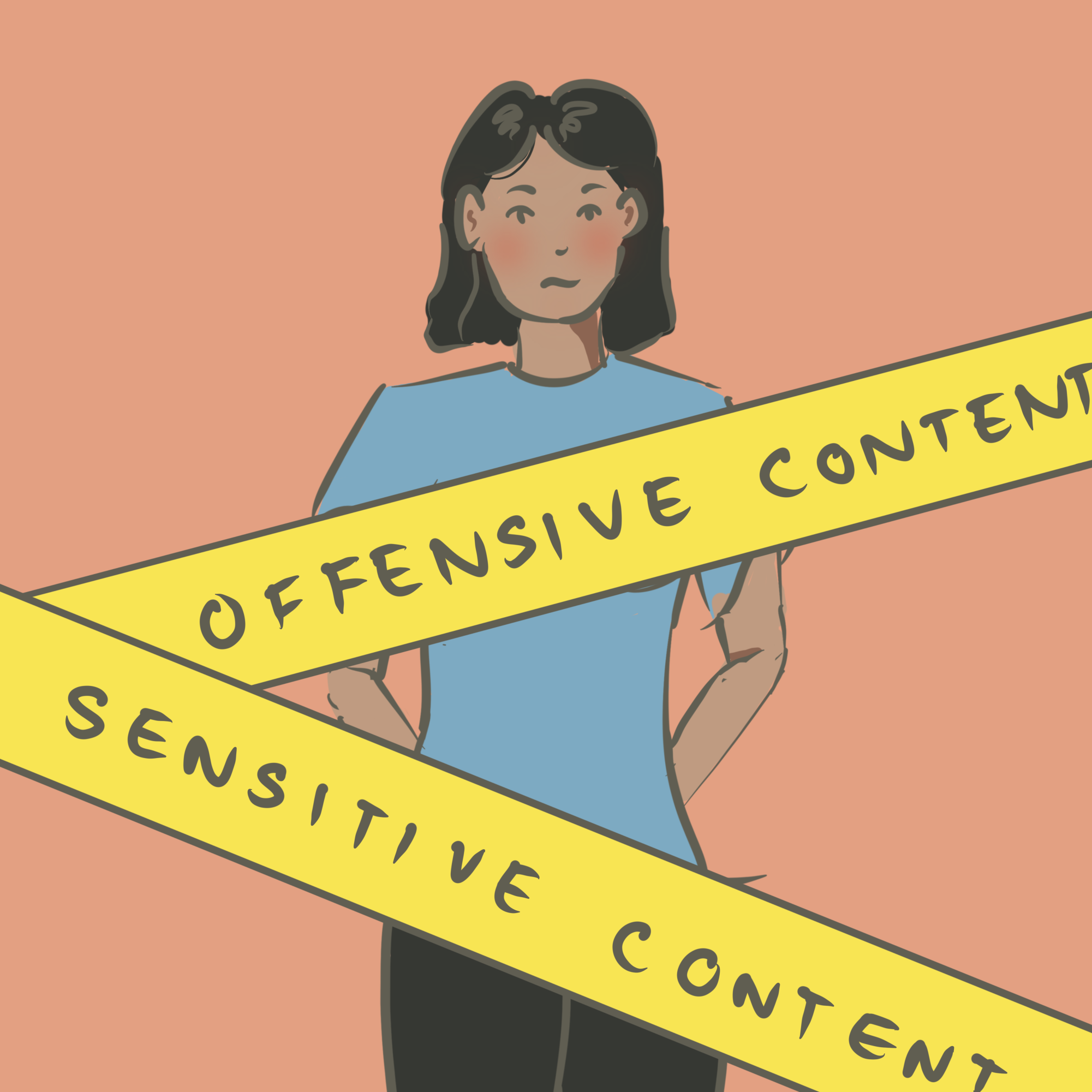A few days ago, I attended an American Heart Association (AHA) basic life support class. It was a great educational session, and I really appreciated how the class was provided at such an accessible cost to students. As we started watching the AHA course videos, though, I noticed one thing that left me a little confused. As the introductory video played, it listed a disclaimer that all of the scenarios depicted in the videos would be men. A reason that was listed for this choice was “cultural sensitivity.” As the videos progressed, I couldn’t help but ruminate on this so-called “cultural sensitivity.” Sensitive…to who?
Before diving into the implications of this—for a lack of a better word—artistic choice, I want to state that this is in no way a critique of the class itself. The class provided CPR manikins with both female and male anatomy and was overall quite thorough. This is, however, a critique of the AHA and the larger societal structure that disregards women.
To start unpacking this issue, we must first establish some context. While performing CPR, the clothes on the upper body of the patient is usually removed in preparation to administer AEDs (automated external defibrillator). Thus, if a woman were to be depicted being administered AEDs, her upper body would have to be unclothed. In other words, she would be considered semi-nude due to our society’s idea of breasts as a sexualized body part.
To give the benefit of the doubt, maybe the AHA didn’t want to have their actresses be semi-nude. That itself raises a whole other plethora of questions and implications, namely, the differences of nudity between men and women, and why there are extra implications in the nudity of women, even in a purely medical context. The AHA sends the indirect message that women’s structural anatomy is too inappropriate for a learning audience in a medical environment; men’s bodies can be viewed neutrally, as the default, whereas women’s bodies cannot. But, regardless of the validity of their claim, let’s say that the AHA might not have wanted to “make” actresses have to be nude. Unfortunately, this argument breaks down pretty quickly in the proceeding videos, as there are many instances of completely animated scenarios, such as in the depiction of mouth-to-mouth resuscitation. Thus, a lack of human actresses is not a valid reason for the AHA’s decision to remove women from the video. The only other reason, then, is that the AHA simply didn’t want to show the breasts of women on screen. In doing so, is the AHA protecting women, or are they only furthering the sexualization and censorship of women’s bodies within medicine?
I think it is pretty apparent that the AHA did this not with women in mind, but with men. They did it not to protect women, but to protect others from having to be “exposed” to women’s bodies in a way that would make them uncomfortable. But, by doing so, the AHA is only playing into the idea of women being the “other,” of only ever being represented as the alternative, when in reality, cardiovascular problems are the most common fatality in both men and women. And seriously, who’s more uncomfortable: a woman going through cardiac arrest or a CPR trainee having to see breasts, which they would have to see anyway in a real-case scenario?
I do agree that women’s bodies hold disproportionate cultural weight than that of their male counterparts. Just think about the average elementary school dress code, and it becomes apparent how much censorship is forced onto women from a very young age. Acknowledging this problem, however, is different than subscribing to it. For instance, I can acknowledge that women’s bodies are inherently sexualized, but that doesn’t mean I wouldn’t include women, real or animated, as patients in the AHA videos. Censorship is just attention packaged in a different way, and, in excluding women, an equal amount of effort is cast onto their vacancy as it would be on their presence.
The medical field has progressed significantly since its male-dominated beginnings, but it still has a long way to go. At the end of the day, medical practice is not geared to make the practitioner comfortable. It’s about the patient and their needs, and it’s the practitioner’s role to change and adapt to ensure the comfort of a patient. Of course, the perception of women within a medical context is intertwined with larger systemic perceptions and expectations of women. But, to make change, we have to start somewhere, and I think that somewhere can begin with including women in a CPR training video.



